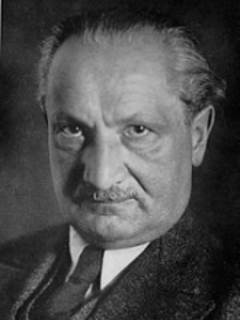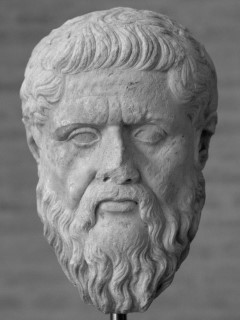
Publication details
Year: 2016
Pages: 385-403
Series: Human Studies
Full citation:
, "The dynamic association of being and non-being", Human Studies 39 (3), 2016, pp. 385-403.


The dynamic association of being and non-being
Heidegger's thoughts on Plato's Sophist beyond platonism
pp. 385-403
in: Kurt H. Wolff, Human Studies 39 (3), 2016.Abstract
This article examines Heidegger's interpretation of Plato's Sophist, focusing on his attempts to grasp Plato's original thinking of being and non-being. Some contemporary thinkers and commentators argue that Heidegger's view of Plato is simply based on his criticism against the traditional metaphysics of Platonism and its language. But a close reading of his lecture on the Sophist reveals that his view of Plato is grounded in Plato's questioning struggle with the ambiguous nature of human speech or language (logos). For Heidegger, Plato's way of philosophizing is deeper than the metaphysical understanding of Platonism which sees only fixed ideas of being. In the Sophist, dialectical thinking of Plato constantly confronts the questionable force of the logos which betrays the natural possibility of non-being based on the tension between movement and rest. Thus, from Plato's original insight Heidegger uncovers the dynamic association (koinōnia) of being and non-being as a natural ground of everyday living with others. However, although Heidegger's understanding of the Sophist powerfully demonstrates the lively possibility (dunamis) of being beyond the customary perspective of Platonic metaphysics, his interpretation fails to further disclose Plato's political question of being emerging in the Sophist, which seeks the true associative ground of human beings.
Cited authors
Publication details
Year: 2016
Pages: 385-403
Series: Human Studies
Full citation:
, "The dynamic association of being and non-being", Human Studies 39 (3), 2016, pp. 385-403.



